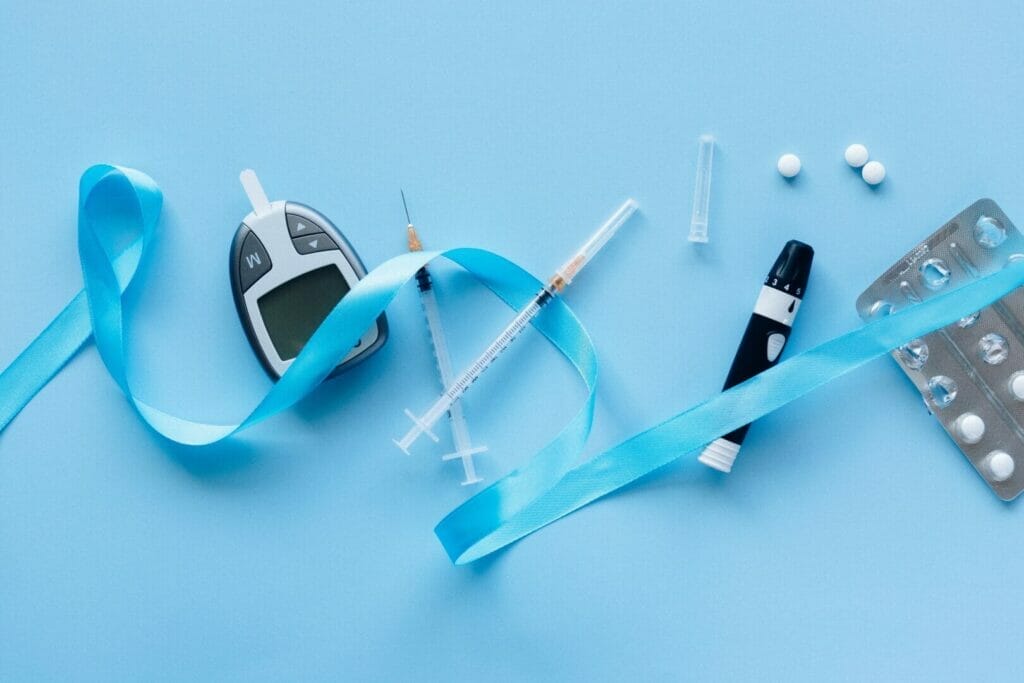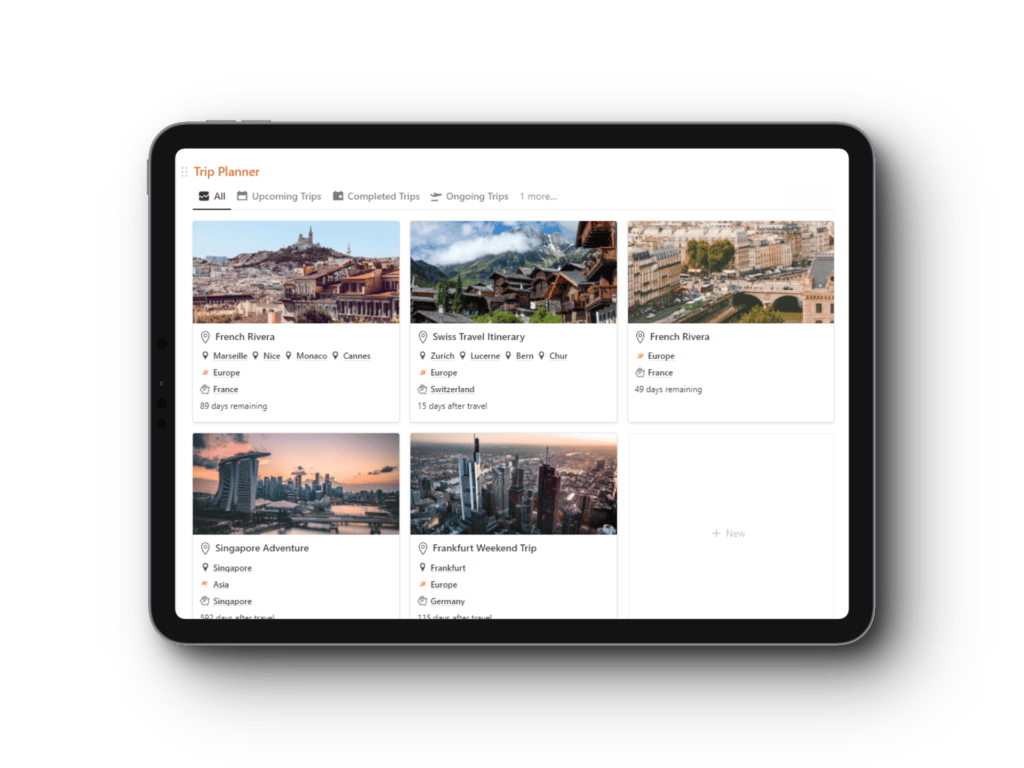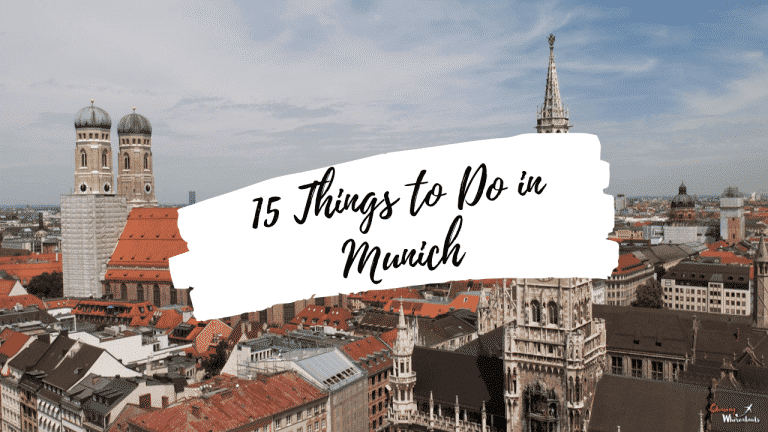How to stay fit while travelling to Europe with diabetes
Since the travel bug landed on me, I’ve set a goal to travel to a new place once every quarter. Unlike others who can instantly pack their things and board a plane to Europe, I need extra time for planning so I don’t risk my health.
Those who travel with diabetes know the health struggle associated with setting foot outside the country. There’s the risk of an emergency happening in an unfamiliar place, but I managed to sidestep unfortunate situations with proper planning. Below are some tips I’ve learned from my doctor and other people living with diabetes to stay fit while travelling.

Pre-flying diabetes care tips – Travelling to Europe with diabetes
Others will only need to pack their luggage, but I do more than carefully fold my OOTDs to prepare for a trip to Europe. I have a checklist for my pre-flying ritual to ensure I’m safe for the whole trip duration.
Get a doctor’s note
A travel letter from a doctor includes my name, the diagnosis of diabetes, my doctor’s contact details, existing treatment plan and special care instructions.
Having a doctor’s note is significant since it saves me from further explaining my health situation to local care providers in case I need medical care while I’m away from home.
Establish an emergency action plan
If you’re like me, who gets anxious and unresponsive during emergencies, an action plan is vital to map your next steps. During my pre-flight consultation with my doctor, I ask for advice on what to do in the event I experience a diabetes emergency.
I travel to London every three months and stay in different hotels. I do the same every time: save the hotel’s contact details on my phone and set it on the speed dial, including emergency numbers 999 and 112. It’s easier to get help should unforeseen circumstances arise.
Ask for extra prescriptions
Extra medications are a must when travelling outside of the country. I don’t want to worry about running out of prescriptions. I travel with diabetes supplies and double the amount of insulin, injectables, oral medications, pen needles and test strips. If my itinerary is for a week, I bring two weeks’ worth of medications. It’s better to over-prepare than under-prepare.
Confirm policies about carrying medications
Nearly one-third of seniors age 65 and older are living with diabetes. As it’s a prevalent condition, the same or even more people carry meds when they travel.
Airlines generally allow passengers to hand-carry medications but still give customer support a call to confirm their security policy, especially if the airline is Europe-based. I’ve never had any inspection issues with meds. I label all my meds and organize them in one small bag for easy access.
Ensure a reachable U.S. emergency contact
Before I board the plane and after I land, I call my sister to make sure her number is easy to reach if I need to contact them. I keep an ID with an up-to-date family member’s contact information in my wallet.
I have friends in London and Paris who I can immediately call in an emergency. But when I travel alone and don’t know anyone in a specific city, I communicate my whereabouts with my loved ones. If something happens, they know how to respond.
Bring healthy foods
Airlines offer snacks, but some options don’t suit my diet. I bring my own nutritious snacks to regulate my sugar levels. I often pack almonds, homemade granola bars, whole-grain crackers and trail mix. These snacks satisfy my hunger cravings and make the flight more enjoyable.
Request the airline to customize meals
It takes about eight hours to travel to Berlin from New York. I check in online for long-haul flights since most companies offer an option to customize your in-flight meals based on your diet preferences.
Delta, for example, has vegetarian, low-cholesterol and diabetic meal selections for people who travel with diabetes. Other airline companies have the same benefits. Call the airline company if you can’t find this option while checking in online.
Get travel insurance
Travel insurance is a must-have whenever I travel. Thankfully, I never had to use insurance, but having one gives me a financial buffer if I’ll need medical assistance, even for something not diabetes-related.
A friend once got into a car accident while in Germany and stayed at a private hospital for a week. She barely paid out of pocket since the insurance company covered the cost of tests and hospital stays. Travel insurance only costs $35 to $200 per trip and you get coverage across Europe.
On-flight diabetes care tips
After I get my health essentials ready for my pre-boarding, the next thing to take care of is my health while in flight.
Inform travel companions
Unless I’m with my family, I spend a few minutes explaining to my travel companions about my health situation. I sometimes travel with colleagues and it can feel uncomfortable sharing private information – telling them I have diabetes.
However, I know it’s for my own good. In a place miles away from home, I can rely on them to take care of me if I lose consciousness. I also carry a medical ID with details about my condition, meds and other treatment plans. It helps disseminate the correct information to the local doctors during emergencies.
Place diabetes supplies under the seat
I feel more at ease when I have my medication supplies near me. I keep everything in a small bag and place it under my seat where I can reach for it anytime. The overhead bin is also okay, but I want to avoid disturbing others when I stand up to get my prescriptions.
I used to only keep my in-flight meds with me and have the rest in my checked luggage. But I’ve learned pressure and temperature can degrade the efficacy of some meds, so now I hand-carry my health supplies with me.
Taking care of myself during the trip
I can safely travel with diabetes because I strictly watch out for what I eat. I skip burgers and fries, unhealthy desserts and fatty foods.
Count the calories and carbs
I use an online calorie-counting website or app, like MyNetDiary or MyFitnessPal, to quickly look up how many carbs or calories the food contains. My doctor recommended limiting my calories to 1,200 to 1,600 since I exercise. This diet includes the following options:
- Six ounces of meat alternatives
- Six servings of starches
- Three servings of vegetables
- Three servings of fat
- Two servings of dairy products
- Two servings of fruit
If I can’t get an appropriate calorie or carb count, I lean my choices toward plant-based options.
Get creative with restaurant meals
Fortunately, numerous European dining choices exist for people who travel with diabetes. Most restaurants I’ve dined allowed me to customize my orders and swap ingredients to accommodate my diet needs. For instance, I can ask the staff to cut the portion of pasta or replace it with a gluten-free one and change red meat with seafood.
Regularly monitor sugar level
I’ve learned how to read sugar level readings from my doctor after noticing irregularities in my body. Now, I’m more conscious of my body’s needs and nutrition’s impact on my glucose, especially when I travel alone. The readings can help me maintain sugar levels at a healthy limit to avoid complications.
Eat meals at the same time daily
A regular eating pattern has saved me from painful symptoms associated with a spike in sugar levels. By spacing carb intake evenly throughout the day, I can enjoy travelling even with diabetes.
My doctor also told me some medications work most effectively if taken with meals, so I avoid skipping breakfast or lunch and take my meds on time. It’s helped me control my sugar levels.
Manage sugar levels and travel with fewer worries
Diabetes can lower our quality of life, but I never allowed it to direct how I live. I still enjoy cakes and ice cream but in moderation and smaller portions. One silver lining of this condition is I’ve become more selective of the foods I eat when I travel – I’ve totally quit processed and unhealthy menus. I’ve also been more physically active and rarely miss my gym workout.
Before, I could hop on a spontaneous trip with only my clothes in tow. Now, I prioritize travelling with my diabetes kits.
Get your Notion Travel Planner Template!
Embark on your next adventure with the Wanderlust Planner, the ultimate Notion Travel Planner Template. Organize your wanderlust-fueled dreams and turn them into unforgettable journeys. Whether you’re a seasoned globetrotter or a newbie explorer, this template has you covered.







